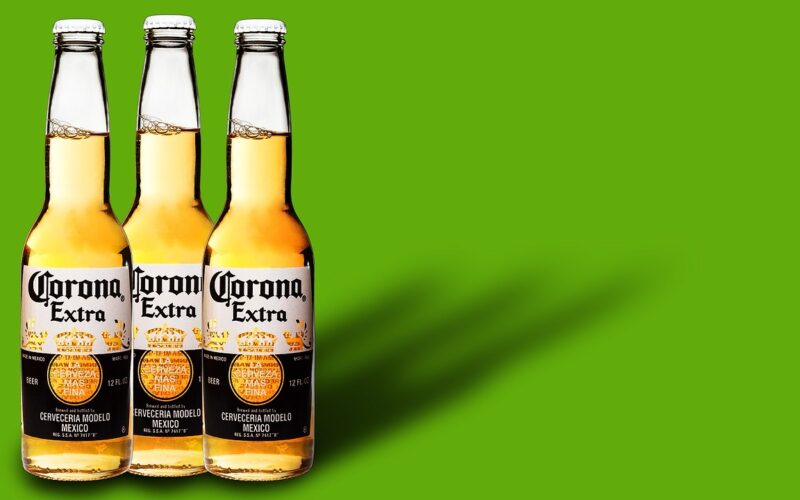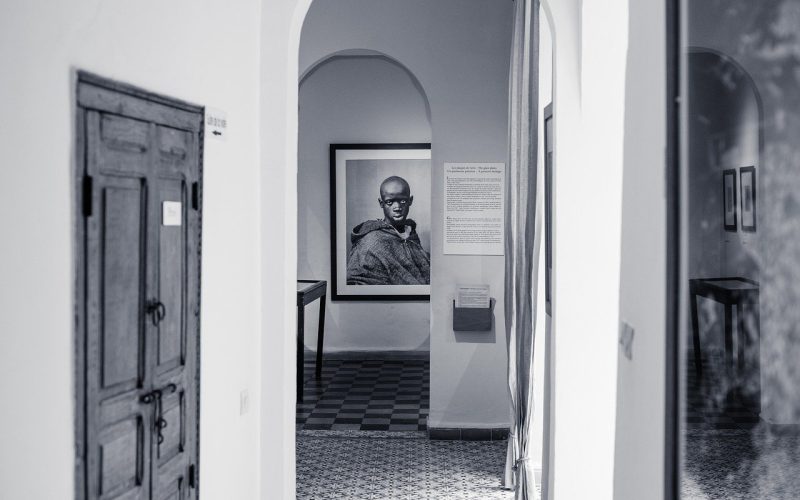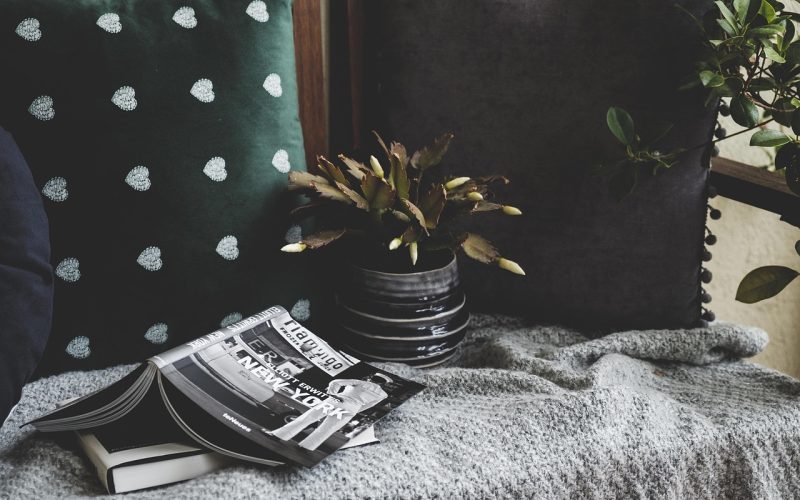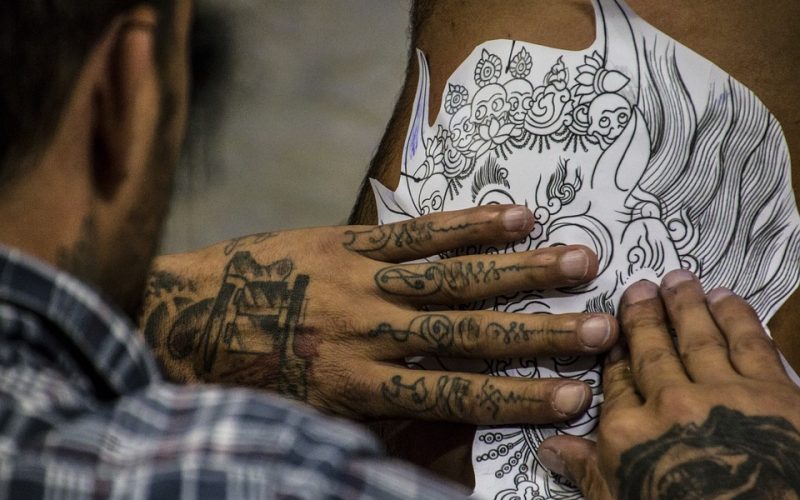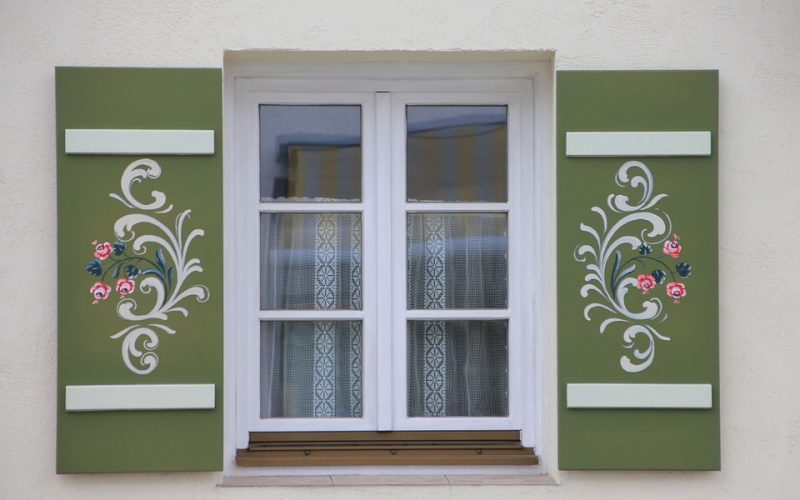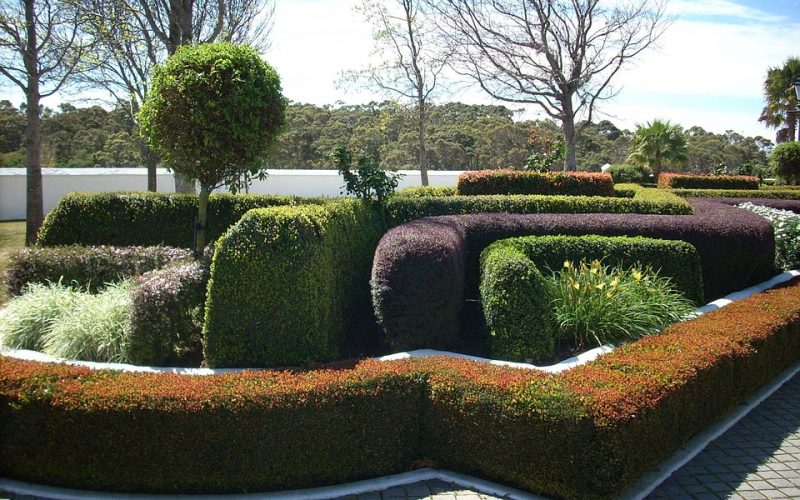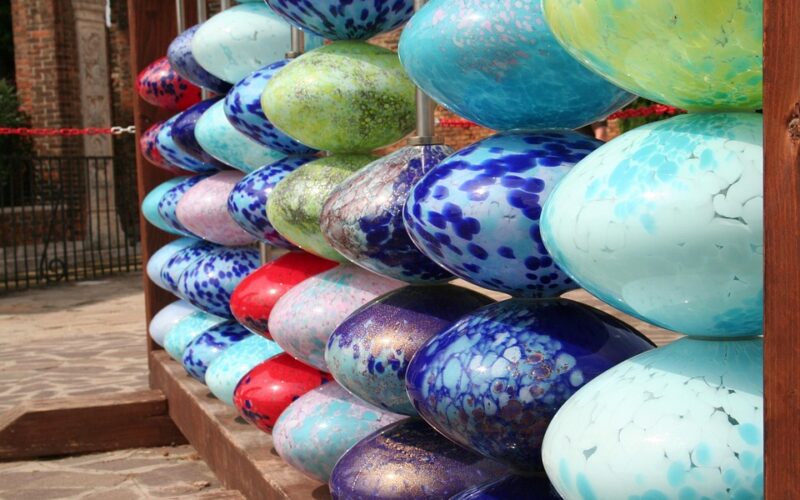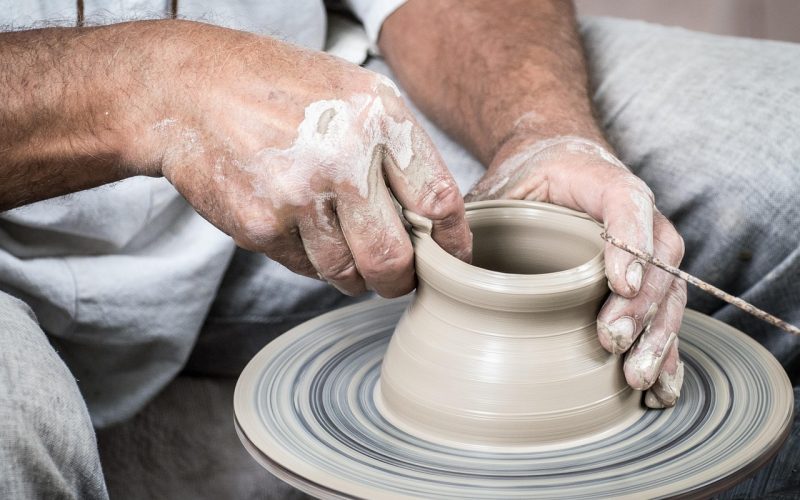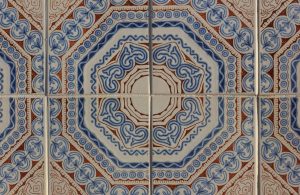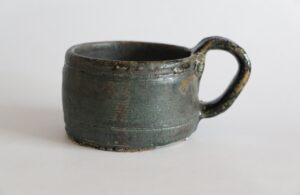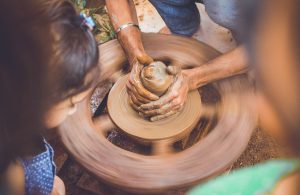Decorating Ceramic and Glass Art
Adding intricate designs, text, or full-colour images to ceramic and glass surfaces can transform a simple object into a bespoke piece of art. While hand-painting requires immense skill and time, transfers offer a versatile and accessible alternative. This method allows artists, hobbyists, and commercial producers to apply detailed and consistent decoration with professional results. From personalised mugs to unique glass panels, the creative possibilities are vast, making this technique a popular choice for customisation and artistic expression.
What are ceramic and glass transfers?
Essentially, a transfer is a decal designed for application onto non-porous surfaces like glazed ceramics or glass. These screen printed decals consist of a special paper backing, a layer of printable medium, and a clear cover coat. The design is first printed onto this specialised paper. When soaked in water, the cover coat and the printed design release from the paper backing, allowing it to be slid onto the desired surface. High-quality ceramic transfers are printed with inorganic pigments that, when fired in a kiln, fuse permanently with the glaze of the ceramic piece. Similarly, glass transfers use specific enamels that bond to the glass at lower firing temperatures, ensuring a durable and lasting finish.
The application process explained
Applying transfers is a straightforward process that requires precision and patience. The first step is to ensure the surface of the ceramic or glass object is perfectly clean, free from dust, grease, or fingerprints. The transfer is then cut to size and submerged in lukewarm water for about 30 to 60 seconds. This loosens the decal from its paper backing. Once released, the decal is carefully slid from the paper onto the object. A soft, flexible tool like a squeegee or a rubber rib is used to smooth the decal, pushing out any trapped air bubbles or excess water from underneath. This step is crucial for achieving a flawless finish and preventing defects during firing.
The importance of firing
After the transfer is applied and has had time to dry completely, typically for several hours, the piece must be fired in a kiln. Firing is the most critical stage, as it transforms the delicate decal into a permanent part of the object. During this process, the cover coat burns away, and the ceramic pigments or glass enamels in the design melt and fuse with the surface. The required firing temperature varies depending on the materials. Ceramic transfers on earthenware or stoneware might be fired at temperatures between 780°C and 850°C. In contrast, glass transfers require lower temperatures, usually around 560°C to 620°C, to avoid distorting the glass itself. Correct firing ensures the design is scratch-proof, dishwasher-safe, and will not fade over time.
Exploring creative possibilities
One of the greatest advantages of using transfers is the scope for creativity they provide. Artists can reproduce complex patterns, photorealistic images, or crisp text that would be nearly impossible to paint by hand with such consistency. This technique allows for layering different transfers or combining them with other decorative methods like hand-painting or lustres. For example, you could apply a detailed floral transfer and then add hand-painted gold accents before the final firing. This blending of techniques opens up endless avenues for creating unique and multi-layered designs, whether for one-off art pieces or a cohesive dinnerware set.
Benefits over other decorating methods
Compared to hand-painting, transfers offer unparalleled precision and repeatability. Once a design is created and printed, it can be replicated exactly across multiple pieces, which is ideal for producing sets or commercial product lines. This consistency is difficult to achieve by hand.
Furthermore, the process is cleaner and often faster than painting, especially for complex or multi-coloured designs. For those without formal drawing or painting skills, transfers provide a gateway to producing high-quality decorated wares. They democratise the art form, enabling anyone with a creative vision to bring it to life on a ceramic or glass canvas.
Whether you are a seasoned ceramicist looking to add a new dimension to your work or a hobbyist eager to personalise homewares, ceramic transfers and glass transfers offer a reliable and effective solution. This method combines the precision of digital design with the timeless craft of kiln-fired arts, resulting in beautiful, durable, and professionally finished pieces.
